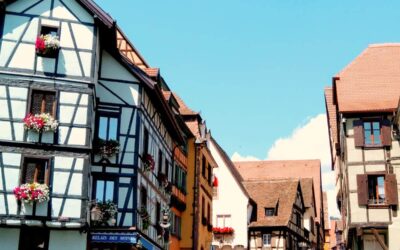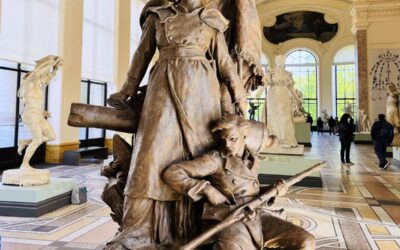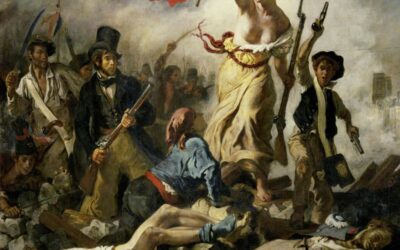The history of France is complicated. And back in the day, when France went by the name of Gaul, it was the Roman Empire that made a starring impression.
The Romans weren’t just sightseers. With the great Julius Caesar in charge, they were the original trendsetters influencing France’s history, architecture, and local scene in a big way.
At the time, the locals were a mix of Galllic, Pagan, and Celtic tribes. Until the Romans came in as the ultimate party crashers. With their shiny armor and military tactics, they imposed their will on Vercingetorix and the Gauls, bringing their culture and habits with them.
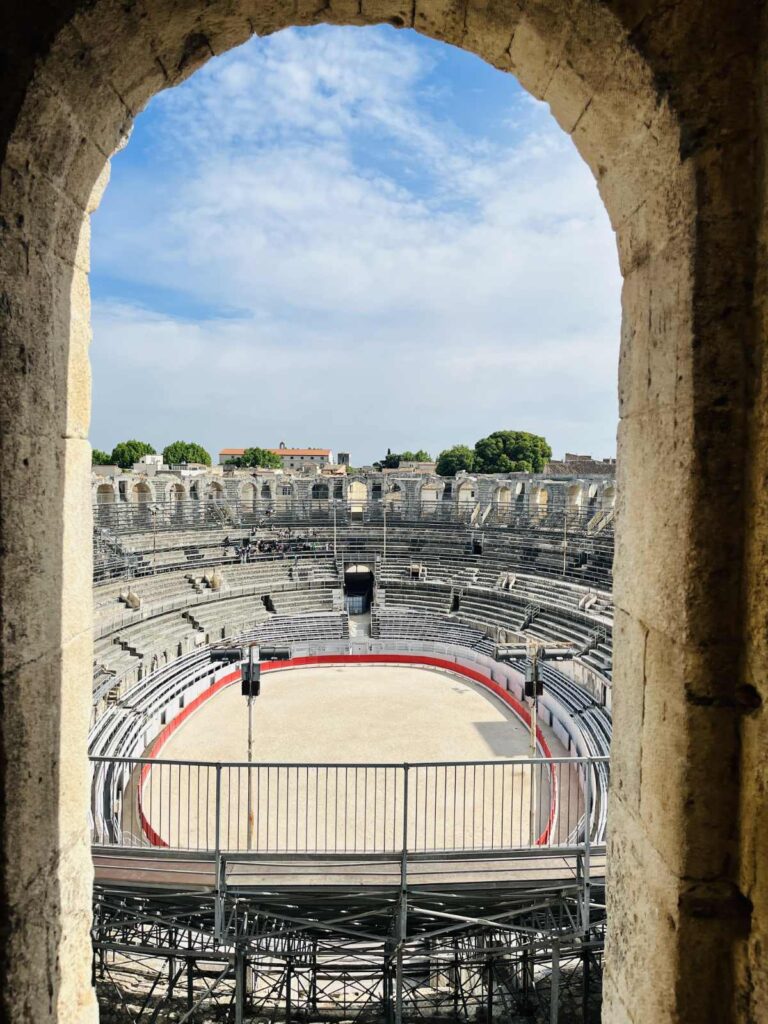
The Roman conquest of Gaul would eventually shape the modern France we see today. So let’s get to a few facts and the history of the Romans in Gaul, shall we? Allons-y!
- 1. The Romans Empire ruled Gaul from 1BC to 5AD.
- 2. The Romans began by making alliances with the Greek colony of Massilia.
- 3. Julius Caesar became famous for his conquest of Gaul.
- 4. The Romans made their way across the channel.
- 5. Gaul became a Roman province.
- 6. Roman citizenship was given to those born in Gaul.
- 7. A mix of Latin and Celtic Gaelic tongues created the French language.
- 8. Roads were built to transport armies and trade across Gaul.
- 9. Large Roman aqueducts were built to bring water to the city.
- 10. Temples and amphitheatres were built for entertainment.
- 11. Several Roman Emperors were born in Gaul.
- 12. Arles became Emperor Constantine's favorite city in Gaul.
- 13. The locals began to convert to Christianity.
- 14. The Romans and their allies defeated Attilla the Hun.
- 15. The Roman Empire collapsed.
- 16. After the fall of the Roman Empire, the Franks took over much of Gaul.
1. The Romans Empire ruled Gaul from 1BC to 5AD.
The Romans ruled Gaul (today France) for over 600 years from 1BC to 5AD, only withdrawing back to Roman as their empire began to fall. They used their base in southern Gaul (today Provence) to head north and across the channel to Britain, and towards the Germanic territories.
2. The Romans began by making alliances with the Greek colony of Massilia.
Before the conquest of Gaul, the Roman Empire began travelling across the Mediterranean sea and started trading with the Greek colony of Massilia (now known as Marseille).
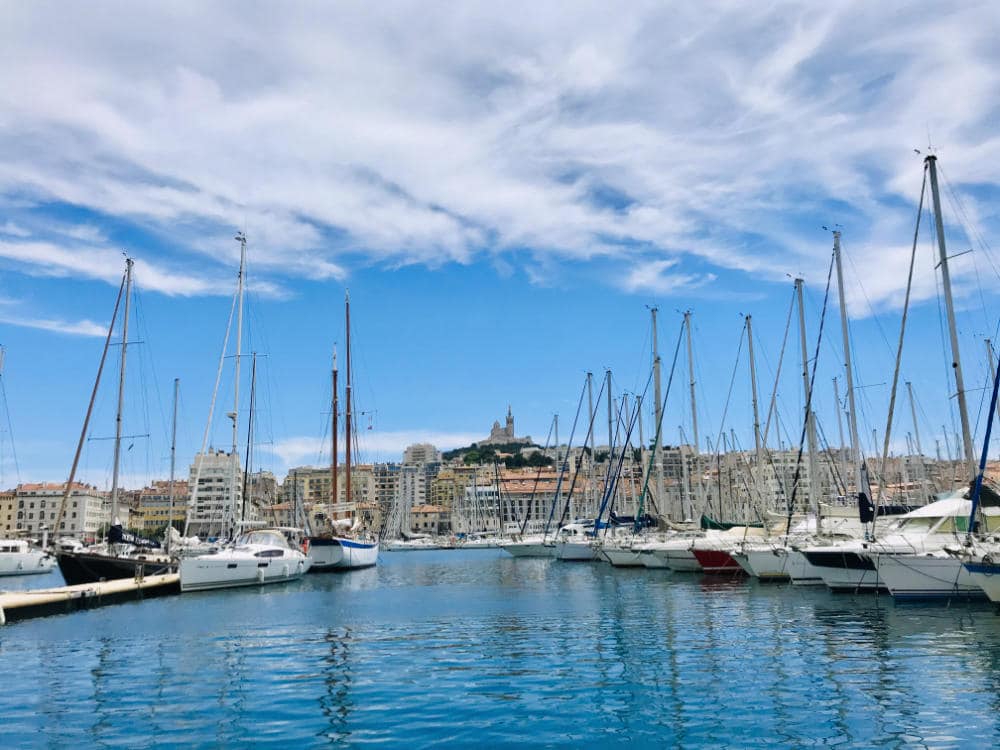
At the time, the Gaillic tribes around Marseille were quite powerful, and the Greeks in Marseille wanted help and protection from them.
In the 2nd century BC, they even entered into an alliance with the Romans in exchange for land that it wanted in order to build a road to Hispania (the Roman name for Spain), to assist in building settlements there.
3. Julius Caesar became famous for his conquest of Gaul.
After being newly elected Consul of the Roman Empire, General Julius Caesar waged several battles in Gaul. He was personally deeply in debt, and was looking for riches to pay off his debts.
At the time, ancient Gaul consisted of a multitude of tribes and states. Gallic chieftain Vercingetorix attempted in 52 BC to unite the tribes against Roman invasion, but in vain.

He defeated Caesar at the Battle of Gergovia, but Caesar’s elaborate siege at the Battle of Alesia finally forced the Gauls to surrender.
He waged several successful battles between 58-54 BC which also had the benefit of strengthening his power at home. Though the Gallic tribes were almost as strong as the Romans, their internal divisions enabled an easy victory for Caesar and his Roman legions.
Winning the Gallic wars provided Caesar with much wealth to pay off his debts. In addition, he now had a trained and loyal army, along enormous popularity at home to use against his rivals vying for his throne in Rome.
4. The Romans made their way across the channel.
Once Julius Caesar had secured his hold on Gaul and France, he made his way across the channel to Britain to establish a foothold here. Eventually, subsequent Roman emperors like Emperor Claudius in AD 43 would go on to conquer much of southern Britain, relying on their supply lines in Gaul.

5. Gaul became a Roman province.
Most of Gaul became a Roman province in 27 BC, with Lugdunum (now known as Lyon) eventually becoming as its capital. Lyon was strategically located at the crossroads of the Alps and the Rhône river whose mouth fed directly into the Mediterranean.
They began to settle here, eventually settling across much of the southern area from Arles and Nimes, and all the way up to Brittany, Normandy and Paris.
Roman settlements were also found along the Loire river. The city of Tours used to be known as Caesarodunum while the nearby Civitas Aurelianorum (“city of Aurelian”) eventually turned into the city of Orléans.
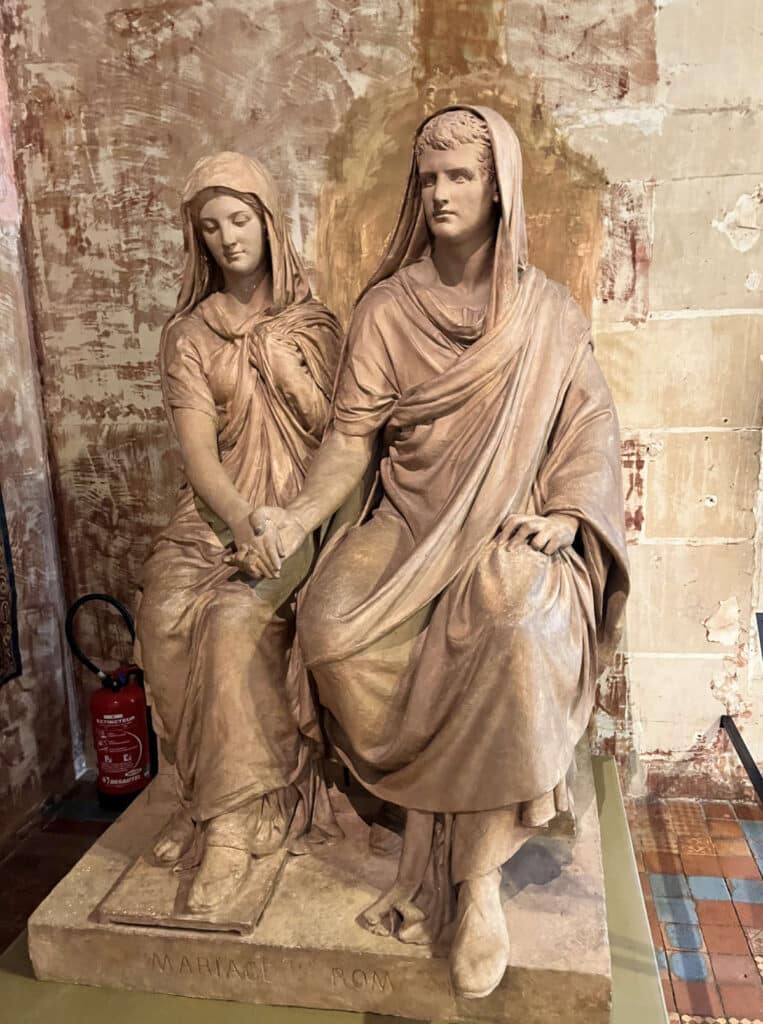
6. Roman citizenship was given to those born in Gaul.
Roman citizenship was granted to all in 212AD by the Constitutio Antoniniana. This meant that soldiers, generals, and even nobility could be born in Gaul and still rise high within the Roman empire.
Generals Marcus Antonius Primus and Gnaeus Julius Agricola were both born in Gaul, and Emperor Antoninus Pius came from a Gaulish family.
7. A mix of Latin and Celtic Gaelic tongues created the French language.
Historically, Gaul had many different languages and dialects. Dating back to the Gallo-Roman era, that the Romans broke it down into two parts: Langue d’Oc and Langue d’Oil. These differences in the languages were classified based on the response to the prominent word “yes”.
In the north, the word for “yes” was “oïl“, which today is the sound “oui”. The current dominant French language is a descendant of this “Langue d’oïl” which is a Romance language with roots in Latin as well as a mix of Celtic words.
Many other regional languages sprung up in France stemming from the Roman influence, however they were slowly wiped out in the Middle ages when French became the administrative language.
8. Roads were built to transport armies and trade across Gaul.
As the Romans settled in Gaul, they built roads for trade and to send supplies. Lugdunum (Lyon) was their focal point as capital.

The Roman settlement at Lutèce (Paris) was located on Ile de la Cité and was comparatively small, about 8000 people. As such, no road was necessary as access was available by water along the Seine river.
9. Large Roman aqueducts were built to bring water to the city.
Among the most impressive Roman works of construction in France is the the famous Pont du Gard aqueduct built to carry around 8 million imperial gallons of water per day.
Built over a period of 5 years in the 1st century, the aqueduct was built to carry water to over 50 km (31 miles) to the Roman colony of Nimes.
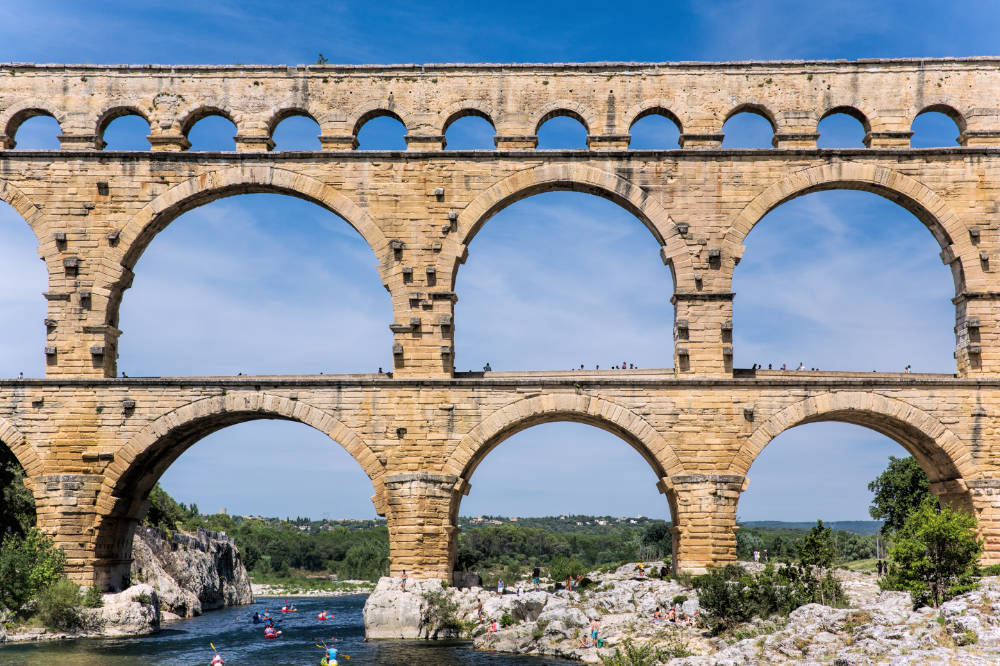
With 3 tiers of arches, it crosses the river Gardon and is the highest of all Roman aqueduct bridges, as well as being one of the best-preserved.
Several other aquaducts were found around other cities, including the Aqueduc du Gier around Lyon.
10. Temples and amphitheatres were built for entertainment.
With the Roman settlement of Gaul spanning centuries, the Romans started constructing elaborate buildings like sports amphitheatres and drama theatres for the entertainment of its citizens.
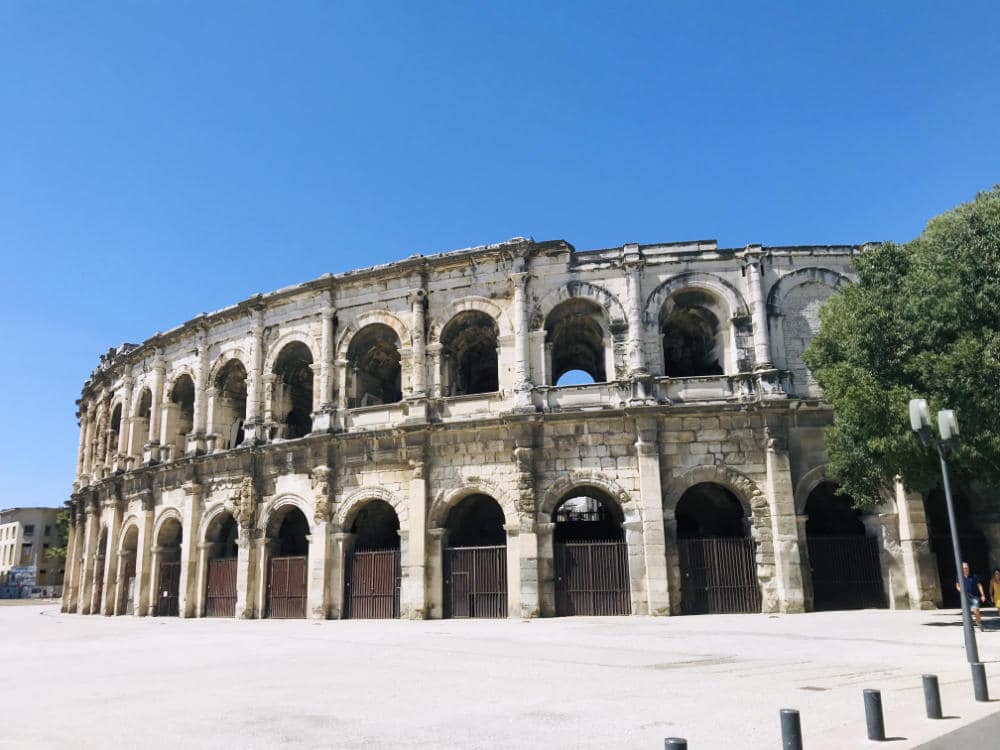
In addition, large temples were built like the Maison Carré in Nimes and the Temple of Augustus and Livia in Vienne.
11. Several Roman Emperors were born in Gaul.
The Roman Empire had considered Lugdunum (Lyon) so important that 2 future Roman emperors were born there, Claudius and Caracalla.
In addition, Constantine II was born in Arlete (Arles), Carus was born in Narbo (Narbonne), and Avitus in Clermont.
12. Arles became Emperor Constantine’s favorite city in Gaul.
One of the most well-preserved of the Roman cities is Arles in the south of France. It’s location near the mouth of the Rhône river which lead up to Lyon made it an important city in Roman Gaul.
In addition, it became a favorite city of Emperor Constantine I in the 4th century, who built baths there.
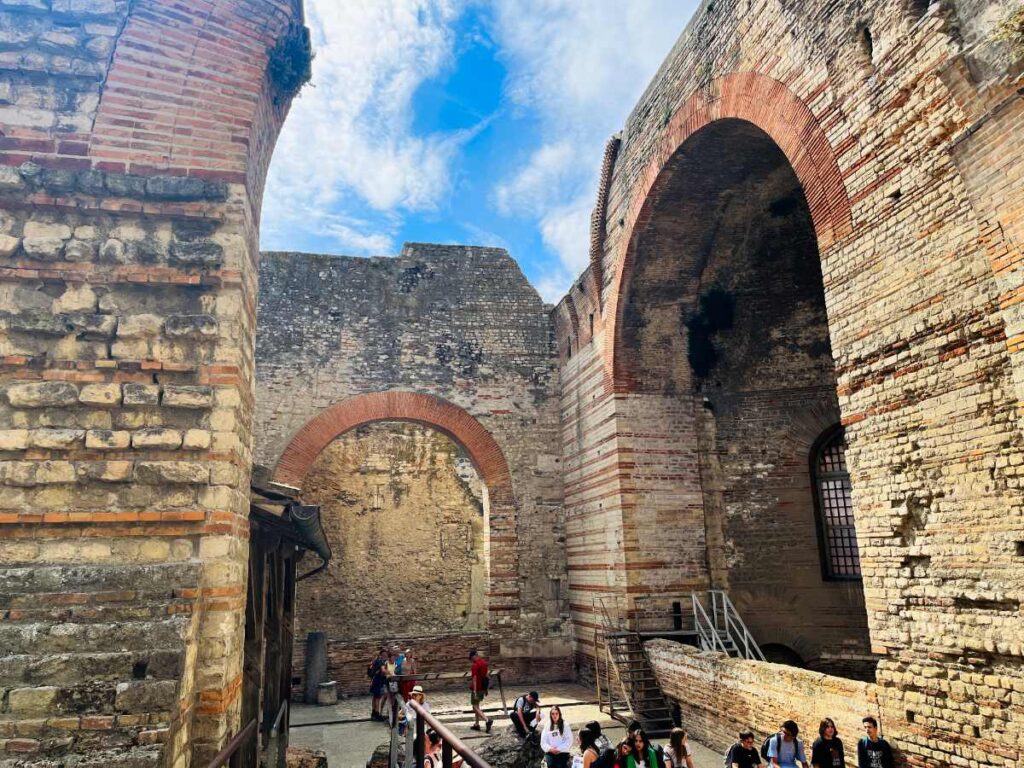
His son, Constantine II, was born in Arles in 316AD and a few decades lates, the Usurper Constantine III who had declared himself emperor (407–411) made Arles his capital in 408. It was a demonstration of force, to show how important Gaul had become in the Roman Empire.
13. The locals began to convert to Christianity.
As the Roman empire started to turn towards Christianity, so did the Romans and Gallic tribes in France.
During the Roman era, Marseille became an early center of Christianity. Tradition holds that Mary Magdalene came to Marseille, after landing in nearby Saintes-Maries-de-la-Mer.
It was believed that she arrived with her sister Martha, brother Lazarus, and Maximinus, as well as Marie Salomé and Marie de Cléophas there after leaving the Holy Land. From here, they spread across the area and she is said to have converted the local people of Marseille.
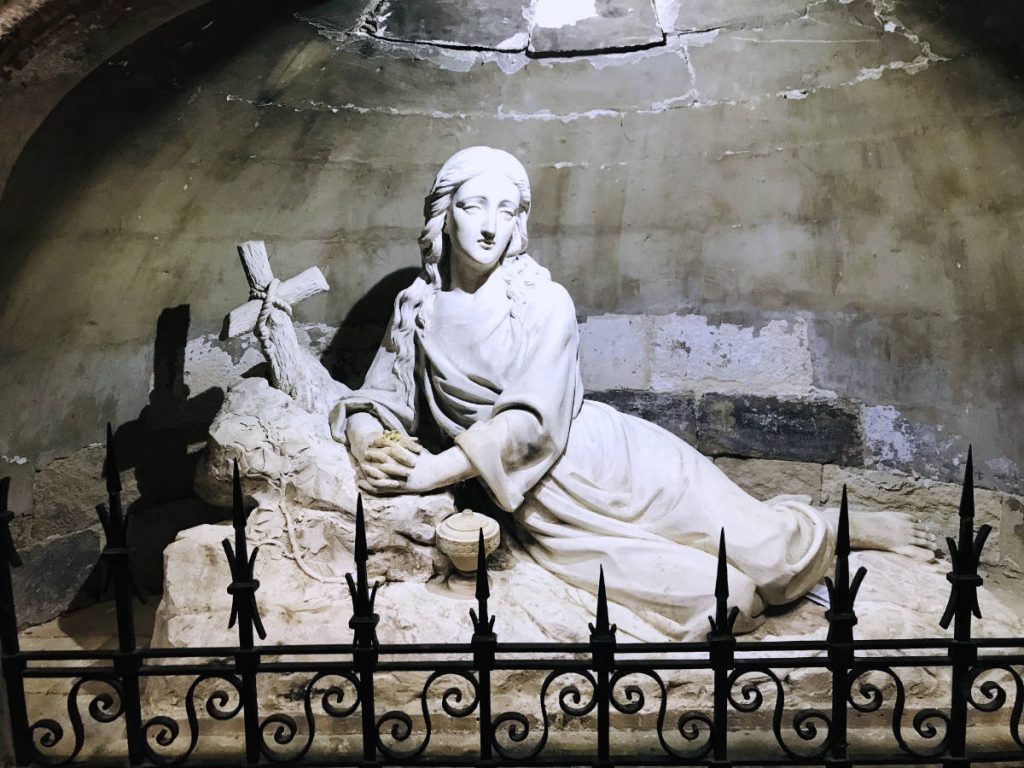
Eventually, legend had it she retired to nearby Saint-Maximin-la-Sainte-Baume (about 50min away from Marseille by car) where a crypt is said to contain her remains.
Her sister Martha headed to nearby Tarascon, and is said to have been buried there. Saint Maximinus went to Aix-en-Provence to become Bishop there, and one of the most famous saints in France.
14. The Romans and their allies defeated Attilla the Hun.
In 451, Attila and the Huns was rampaging through Roman Gaul and laid siege to Orleans in 451. The Roman General Aetius would defeat Attila, along with Visigothic king Theodoric I and possibly Merovech, the King of the Salian Franks.
Merovech would become known as the founder of the Merovingian dynasty, from which his descendants would claim their right to rule the Kingdom of the Franks.
15. The Roman Empire collapsed.
Due to over-expansion of the Roman territories, economic problems, and a series of defeats to the Visigoths, the Vandals, and the Eastern Empire in Byzantium, the Roman Empire would collapse. This left a large void for the Frankish tribes to gain power in Gaul.
16. After the fall of the Roman Empire, the Franks took over much of Gaul.
In 486 the Franks defeated the last Roman authority in Gaul at the Battle of Soissons. Almost immediately afterwards, most of Gaul came under the rule of the Merovingians.
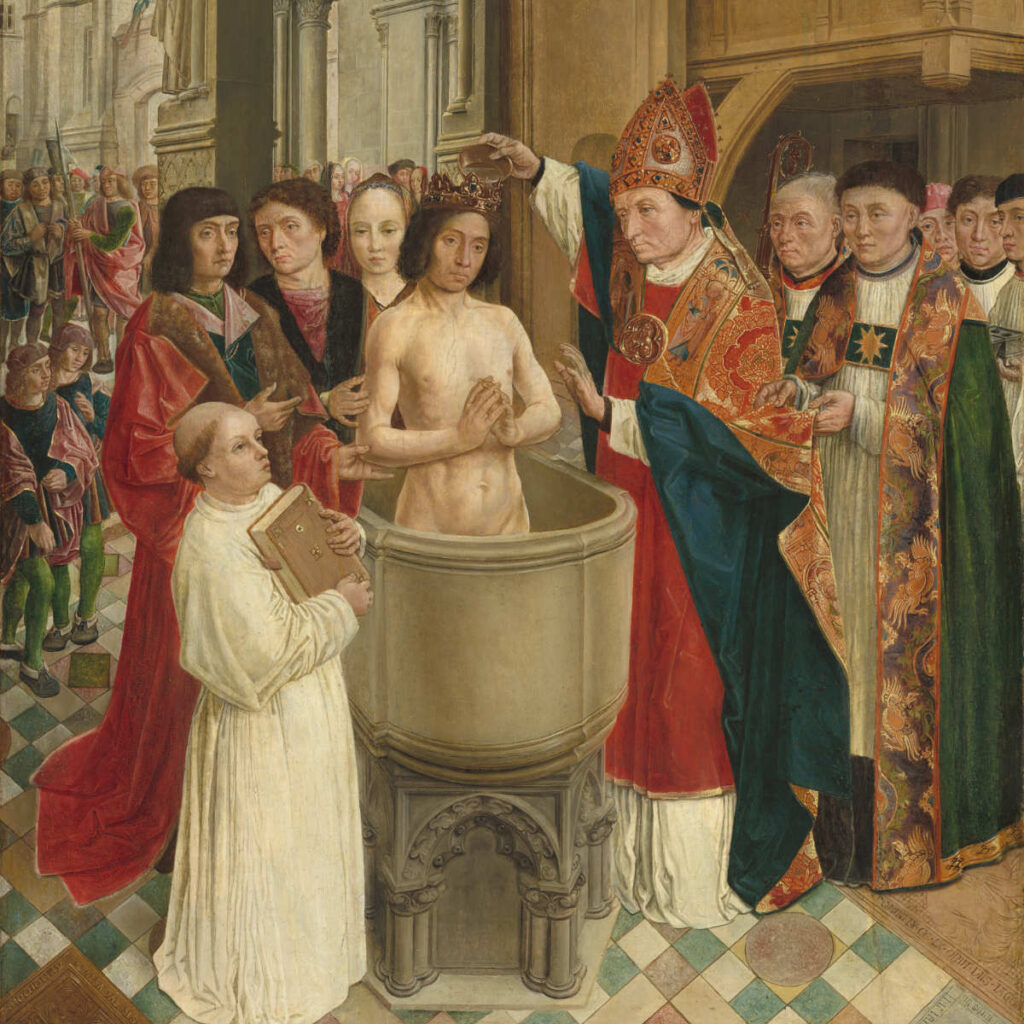
It would be Merovech’s grandson Clovis I who would conquer much of Gaul. He would become known as the the first King of the Franks.
Importantly in 493AD, Clovis decided to marry a local princess named Clotilde who was from Lyon.
She was a devout Catholic who would convince Clovis to convert to Christianity and reunite the various Gallic and Frankish tribes. Because she was Catholic like the Romans, this ensured that Clovis became Catholic.
This meant that he had the support of the Byzantine Roman Empire who were also Catholic in his wars against his rivals. The fleur de lys which symbol of the French monarchy is thought to represent Clovis’s conversion to Christianity.
Clovis and Clotilde would eventually be venerated as saints by the Roman Catholic Church and it would lay the foundation for the country we now know as France.

If you enjoyed that article, you may like to read more about the history of France. A bientôt!


